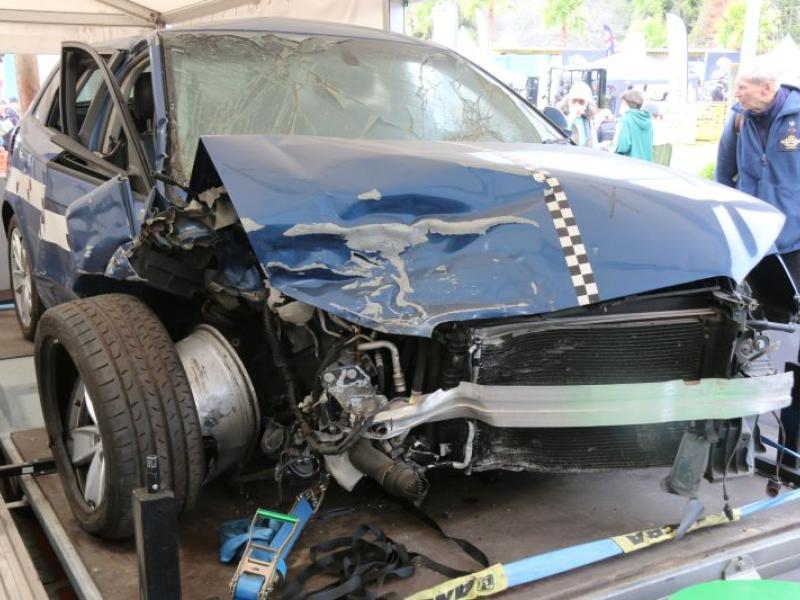When our customers want advice on how to improve safety in their company fleet, I always begin with driver behaviour as the first step.
While every driver is as different as your fingerprints, if we all became aware of our own behaviour on the road, we would realise many of our habits could be improved from a safety perspective.
According to WorkSafe, vehicle incidents are the leading cause of fatalities across all industries in New Zealand (29 fatalities from October 2019 – September 2020).
This is in line with data from WorkSafe’s 2018/2019 Annual Report which showed that 73 percent of New Zealand’s work-related fatalities were linked to vehicles.
Therefore if your company has a fleet of vehicles, focusing on driver safety is an incredibly important part of keeping your employees – and your business – safe.
At the same time, you have a whole lot of other goals to manage – keeping costs down is always on the top of the list – as unnecessary fuel use and inefficient equipment use eat away at budgets.
Driver scorecards let you stay on top of drivers’ habits while tackling behaviours impacting your bottom line. And they can help to significantly increase safety.
Real-time insights
Unless you happen to be sitting behind the wheel 24/7 across all your vehicles, knowing how your vehicles are being used on the road is difficult.
Driver scorecard solutions collect data from in-vehicle telematics to provide a high-level overview of how each driver is performing within the fleet management system.
For example, you can keep an eye on individual metrics to see where each driver excels and create personalised coaching for areas that need improvement.
If you discover that most of your team are driving at unsafe speeds, you can use real information to inform and update your training initiatives for the whole business, including during induction to ensure new staff don’t fall into bad habits.
Driving down costs
Better driving leads to better returns. When drivers show poor driving behaviour behind the wheel of their vehicles it doesn’t just put safety in jeopardy, it also leads to unnecessary fuel use, more unplanned maintenance, and slower return on investment on expensive assets – as vehicles and machinery aren’t cheap!
By identifying trends which lead to excessive fuel use and stopping them as they arise, you’ll save your business thousands of dollars each year.
Our 2019 benchmark report found that on average, 12.7 percent of businesses saw a reduction in fuel costs after monitoring usage since installing telematics.
Depending on the size of the fleet, that can be in the tens, and even hundreds, of thousands of dollars.
Driver scorecards also give you an easy visualisation of how vehicles are used, offering insights about the physical condition of your fleet.
If one or two trucks get used harshly, it makes sense to service these vehicles more frequently than other trucks.
By monitoring each truck’s performance, you can keep a close eye on upkeep to ensure optimal performance and get the best ROI from your fleet.
Creating healthy competition
The concept of gamification – taking elements of games like competition and point scoring – is nothing new, but it can do wonders for your drivers’ motivation to tackle fleet-wide challenges.
You can decide which behaviours positively or negatively impact a driver’s scorecard, or which metric is a strategic target to improve in the business.
If speeding is a recurring issue, you may put more of an emphasis on this than other behaviours.
By setting a timeframe and rewarding the driver with the highest score with a gift card, or a week of paid leave, or even allowing them to drive their favourite vehicle – this will most likely lead to both improved driver behaviour and increased enthusiasm.
Be sure to regularly share results with the team to create and sustain their motivation to kick bad habits.
By using driver data to inform your safety training initiative and individual targets, I’m confident you’ll create an ongoing culture of safety while driving down costs.






